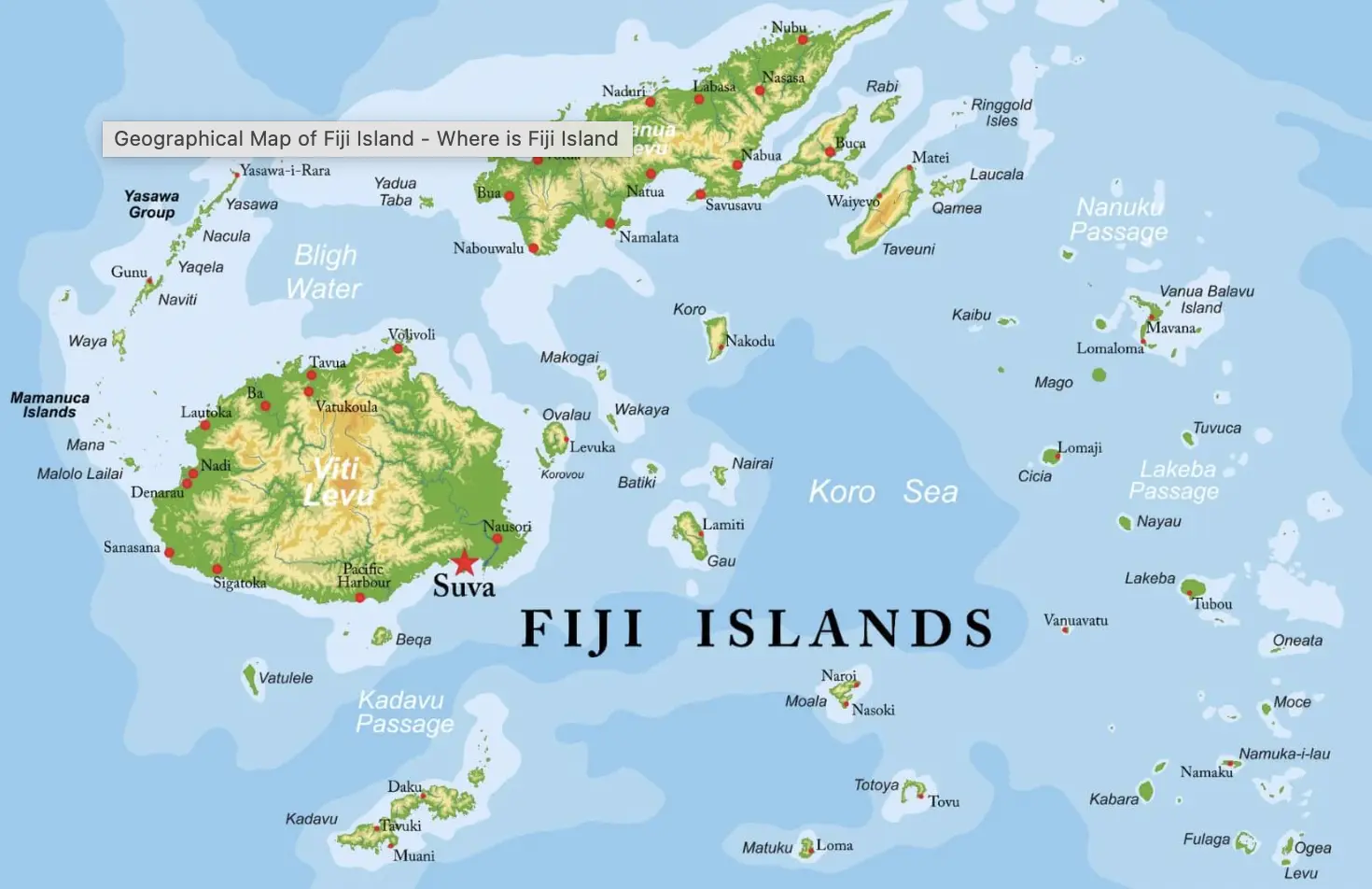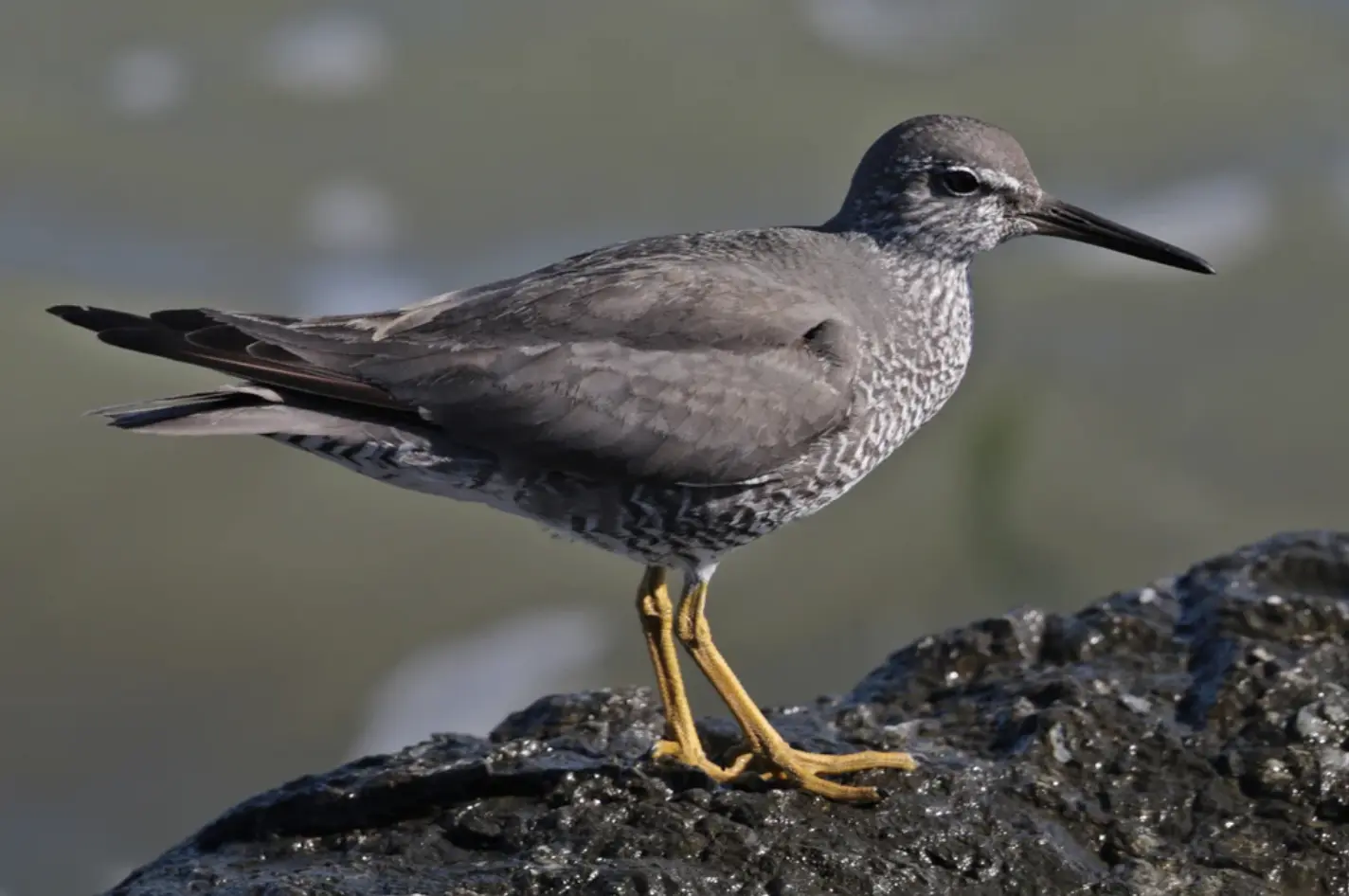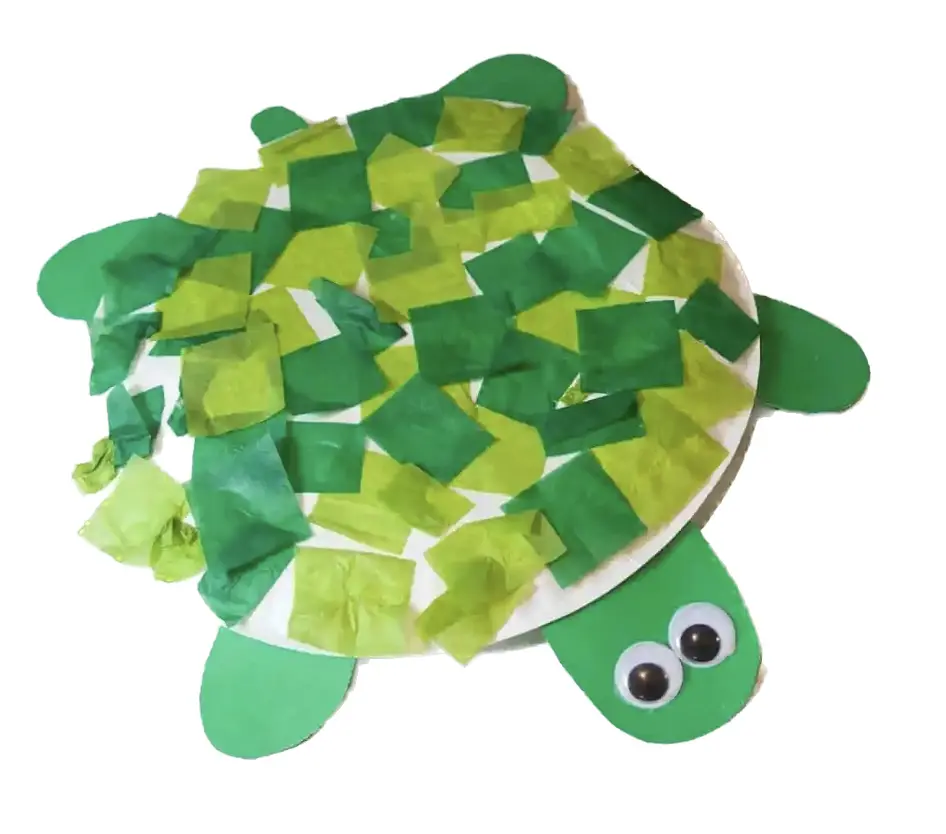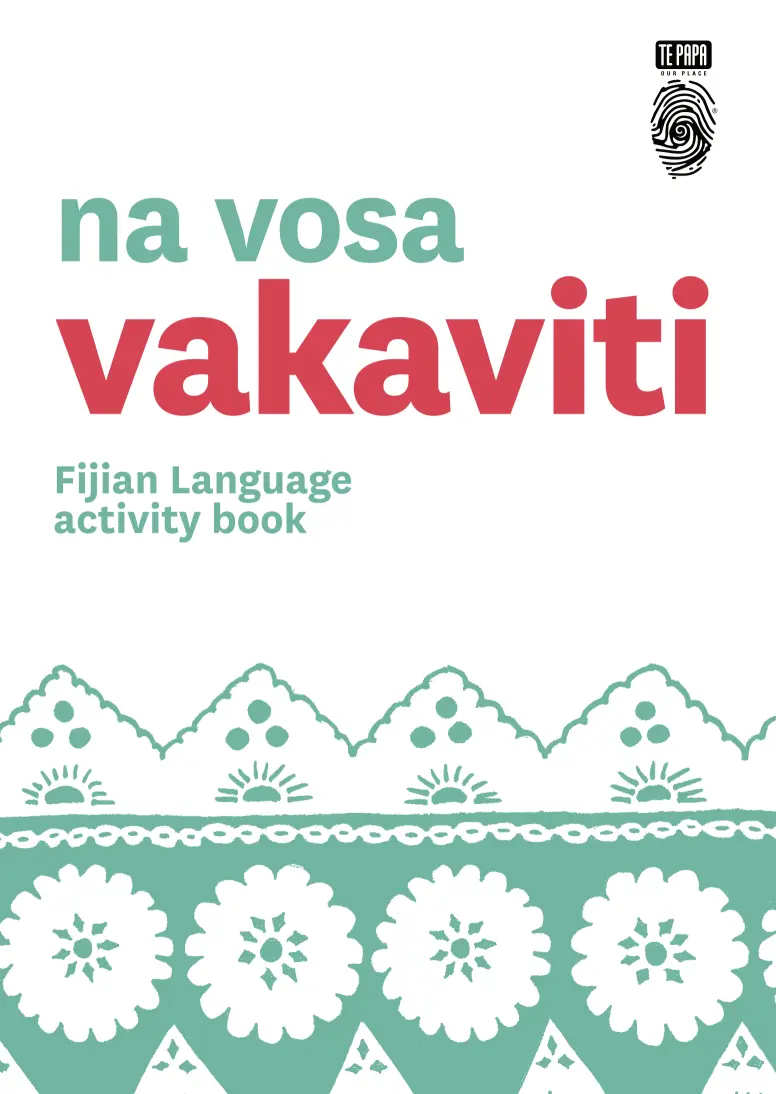Fiji
Nau mai. Haere mai.
Welcome to Term 3, 2025!
This time we are focusing on Fiji.
Hello in Fijian is Bula! Vinaka means thank you. The official languages of Fiji are: Fijian, Fiji Hindi and English
Fiji was formed by volcanoes, sediments and coral reefs. Seeds, carried by wind and migrating birds filled the Islands of Fiji with plants that developed into a tropical rainforest.
The capital city is Suva. There are over 330 islands in Fiji, and only 106 of them are inhabited by people.
Fiji hosts one of the most colourful underwater playgrounds in the world. Known as the Soft Coral Capital of the World, Fiji has around 390 coral species in its over 10,000 square kilometres of coral reefs.
About 40% of Fiji’s population is of Indian descent. The rich cultural mix has influenced the language, religion, and the food in Fiji. The national symbol is the Fijian canoe and the national colour is light blue. Rugby is the most popular sport in Fiji.
Cane sugar and bottled water are the main exports in Fiji. Tourism is a very large way that Fiji earns money. The currency of Fiji is the Fijian dollar. The 2000 film "Castaway", starring Tom Hanks, was shot in Fiji.
Fiji’s national animal is the Collared Lory. This is a beautifully colored parrot easily recognized by its brilliant reds, lime greens, purples, orange-yellow bill, dim purple crown, and pink-orange feet.
Some other wildlife you can expect to come across on the Fiji Islands:
- Turtles – There are five species of turtles to enjoy here. You can find them almost anywhere but especially if you take a tour.
- Fijian Monkey-Faced Flying Fox – One of the many unique animals you’ll find on the islands, this animal is on the list of potentially extinct animals. The only spot where you’ll find the Fijian Monkey-Faced Flying Fox is in the mountains of Taveuni Island.
- Mongoose – You can find various types of land animals along the coasts of Fiji, including the mongoose, wildlife introduced to the islands to manage the rodent population.
- Bolo Snake – You’ll find the bolo snake on Viti Levu Island. But don’t get too close. These exotic reptiles are dangerous animals.
Map of Fiji

Here’s some information in video format.
There’s a quiz on our resources page to check out your knowledge!
Fijian phrases
School in Fiji
Visit an island school with this video
Memory Verse
Sing His praise from the end of the earth!
You who go down to the sea, and all that is in it.
You islands, and those who dwell on them.
Isaiah 42:10
Prayer for Fiji
There are some topics below that you might like to choose from, or, perhaps you have friends living there that you might like to pray for:
- Reconciliation and harmony among different people groups in Fiji.
- Protection from natural disasters like cyclones, floods, and rising sea levels.
- Pray for job opportunities for Fijians, addressing poverty and inequality.
- Pray for health and well-being.
- Pray for the spread of the gospel across the islands and for more people to partner where God is already working.
- Pray for young people to find hope and direction through faith in Jesus Christ.
- Pray for the needs of those living in poverty and with limited resources.
- Pray for Fijians living in other countries, that they would be a light to their communities.
Here’s a video prayer from friends in a Fijian church community in Wellington.
Baked coconut rolls
In each place around the world that we visit with Whiria Kids, we share a bread recipe with you. Here’s a new bread recipe for baked coconut rolls.
Coconut roll
This delicate coconut rolls are a similar of a cinnamon roll but stuffed with a sweet rich coconut filling instead. They are so buttery and yummy. Coconut roll are very famous in most of the bakeries in Fiji Island. They are so good looking when baked and the smell is divine.
The recipe is ready for download on our resources page.
Migrating Birds
40 species of seabird migrate through Fijian waters on an annual basis, or visit periodically.
The Wandering Tattler is one of these. More than 250 are recorded each year in Fiji.
“The highest count anywhere in the world, during the non-breeding season, is here at Suva mudflats. The birds arrive here at the end of March and don’t leave until mid-May. Somehow, they migrate back to their high arctic breeding grounds (we don’t know which route they take) and breed, in order to return to Suva 3 to 3.5 months later. We don’t know anywhere in Eastern Asia where there are concentrations of this species during their spring return route.” Dr Mark O’Brien of BirdLife International
Here’s an article with more information

I will exalt you
There’s a lot of repetition so you could learn to sing along too!
I will exalt you
Stan Walker version
The Stan Walker song, in Māori and English, includes the Māori Proverb, “I am a seed” reminding us that as people we can never be lost.
He Kakano Ahau
Parable of the Mustard Seed
The focus verses are:
Luke 13:18-21(English) Then Jesus asked, “What is the kingdom of God like? What shall I compare it to? It is like a mustard seed, which a man took and planted in his garden. It grew and became a tree, and the birds came and perched in its branches.”
Ruka 13:18-21 (Māori) Nā ka mea a Īhu, He rite te rangatiratanga o te Atua ki te aha? Ā, me whakarite e ahau ki te aha? He rite ki te pua nanī, i kawea e te tangata, i ruia ki tāna kāri; ā, ka tupu, ka whakarākau; nō ka rere mai ngā manu o te rangi, ka noho ki ōna manga.
Luke 13:18-21(Fijian) Sa qai tukuna o Koya, na matanitu ni Kalou e vaka na cava? Kei na cava beka me'u na vakatautauvatana tukuna? Sa vaka e dua na sore ni musita, ena nona taura e dua na tamata kauta ka la'ki biuta kina nona iteitei; a sa tubu cake ka yaco me dua na vunikau levu, a ra sa vukaca mai na manumanu vuka ka vakasova ena veitabana.
Craft
A Mustard seed Parable Resource
A Sea Turtle
Have fun!
You’ll also find a great Fijian language activity book to download from our resources page too. It’s made by Te Papa in Wellington.


Whiria content
You might like to use our content in different ways. Perhaps:
- For an ‘all-in’ intergenerational service
- A starter activity for your Sunday children’s programme
- Or, your whole children’s programme
- Or, for home-based activities
Our Whiria Kids badge this year has the Royal Albatross/Toroa, another migrating bird. Contact us at [email protected] to order free badges, made by Joyya in Kolkata, for the children in your community. Just let us know your postal address & the number of badges you would like.
